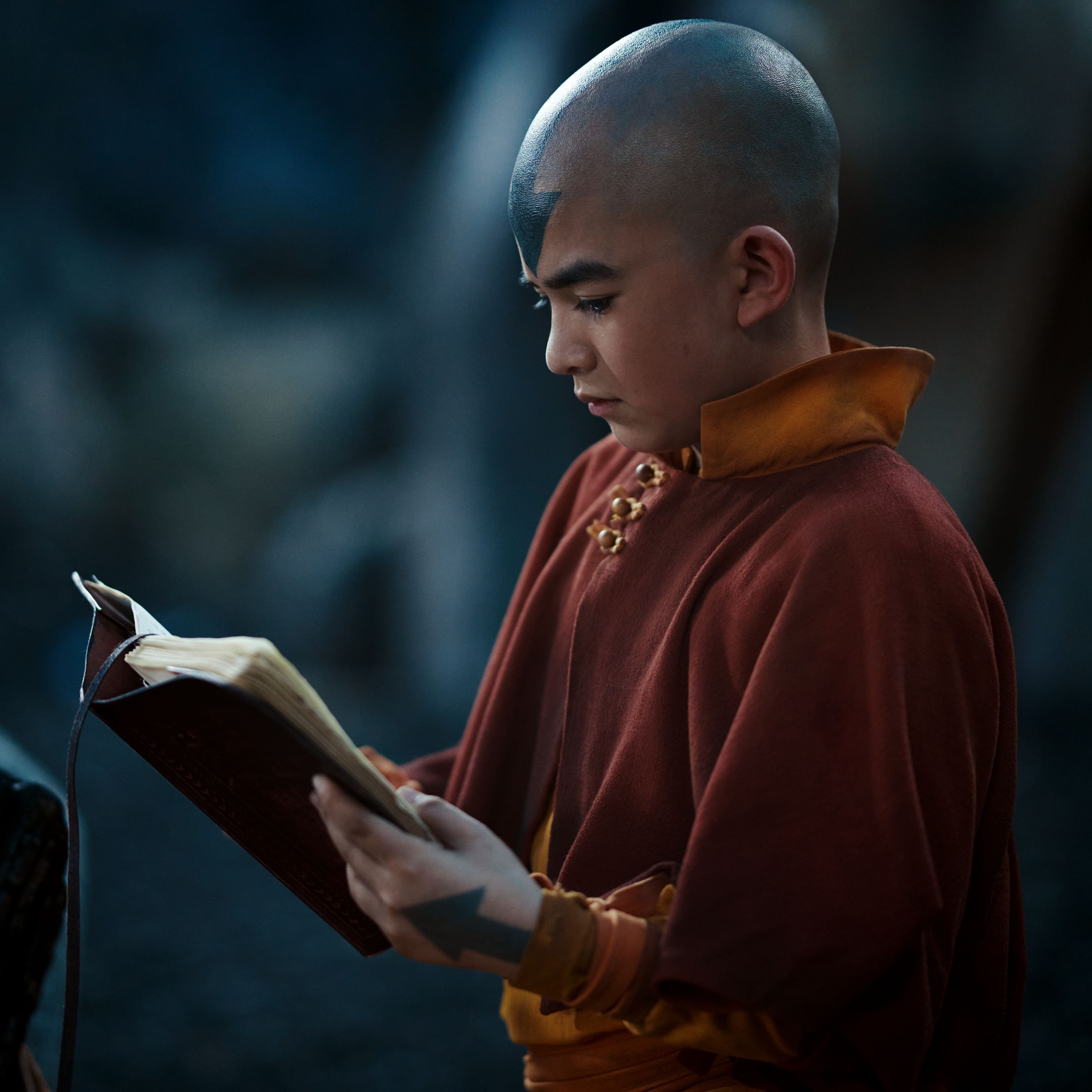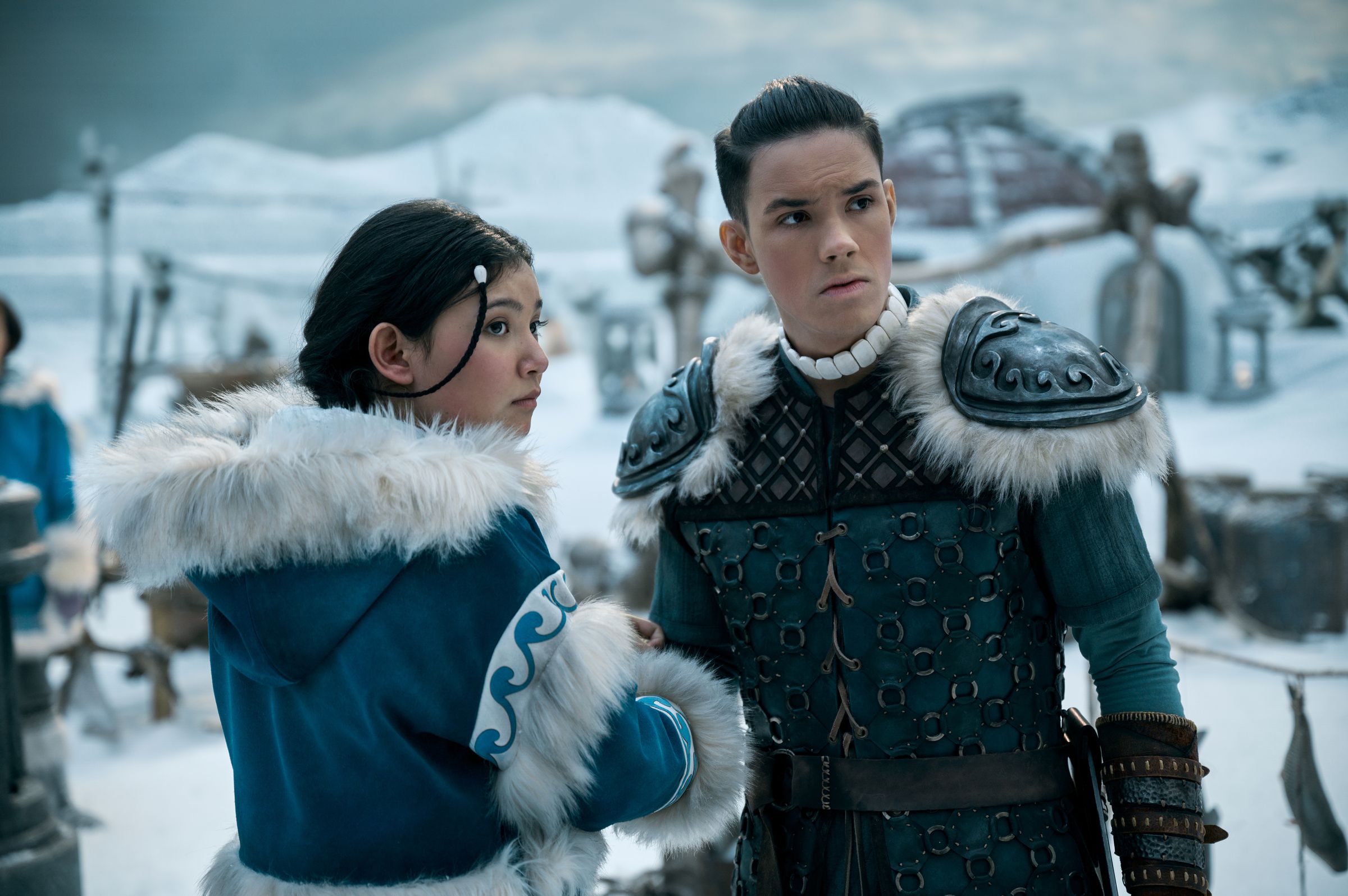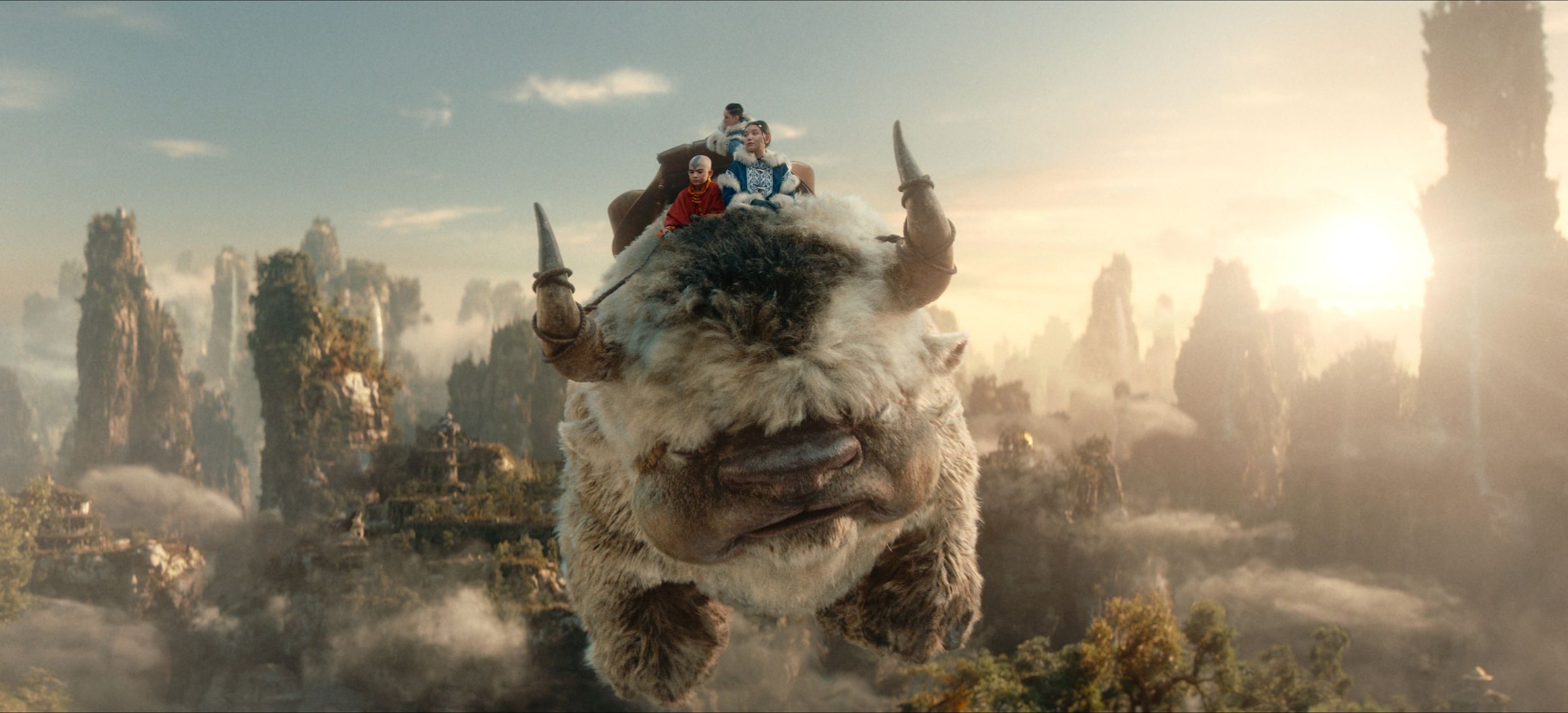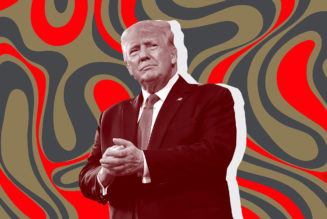Netflix’s live-action Avatar has its heart in the right place, but its pacing and uneven performances leave a lot to be desired.
Share this story

With its focus on thoughtful character development and exploration of difficult subject matter like genocide, Nickelodeon’s Avatar: The Last Airbender series set a new high bar for children’s TV. But despite its tonal maturity, Avatar was still very much a cartoon trying to delight you by playing to the strengths of the medium, which was perfectly suited for realizing the magical world that co-creators Michael Dante DiMartino and Bryan Konietzko dreamed up.
Watching Netflix’s new live-action Avatar series from executive producers Albert Kim and Dan Lin, it’s clear everyone involved with the show wants to be more than its infamously whitewashed cinematic predecessor, and in some cases, it succeeds. But for all of that good intention, the new Avatar is another example of Netflix turning a beloved animated property into something that feels deeply at odds with what people loved about the original.
Set in a world that’s been torn apart by war, Avatar tells the story of how a trio of children is pulled together by fate to topple a fascist empire. After years of living in terror of the pyrokinetic Fire Nation, it’s hard for members of the planet’s other elemental societies to see Fire Lord Ozai (Daniel Dae Kim) as anything but a monster. Fear of the Fire Nation is what keeps the two polar Water Tribes from straying beyond their borders, and it’s because of lethal raids led by Ozai’s brother Iroh (Paul Sun-Hyung Lee) that the Earth Kingdom is always on high alert. But the larger reason that no one dares to challenge Ozai’s supremacy or openly rally a resistance is because everyone remembers how the war began with the Fire Nation almost entirely wiping the Air Nomads out of existence.
Those details were important to understanding the original Avatar’s story. But Netflix’s series leads with them in a way that immediately telegraphs how much more of a gritty adventure it is by comparison. Along with some rather nifty-looking chocobo-like creatures, explosive feats of bending are some of the first things you see in the new Avatar as it opens on a high-octane action sequence set in the past. It’s a great showcase of the energy the show’s VFX and choreography teams put into depicting each of Avatar’s various bending styles as distinct balances between martial arts and elemental magic.
As cool as it is to see Earthbenders shooting sprays of pebbles like bullets and Firebenders incinerating things with their bare hands, Avatar puts those visuals front and center early on, mainly as a way of illustrating how the Air Nomads had little hope of surviving the Fire Nation’s assault on their temples high up in the mountains. And while all of this helps you understand the tragic circumstances that lead to young Airbender Aang (Gordon Cormier) — the newest Avatar capable of bending all four elements — becoming the sole survivor of his people, it also sets a grave tone for the series as a whole that Avatar struggles to shake as its larger story unfolds.
The show becomes somewhat more lighthearted once it jumps forward 100 years, and you can feel it paying homage to the cartoon as its focus shifts to the Southern Water Tribe to introduce brother / sister duo Sokka (Ian Ousley) and Katara (Kiawentiio). Like their animated counterparts, Sokka’s a well-meaning but pigheaded teen who clings to tradition as a way of coping with the loss of their mother, and Katara’s a promising Waterbender who feels stifled in a village with no one to teach her how to perfect her skills.
Though there has been concern about Netflix toning down Avatar’s depiction of sexism, the new show does a solid job conveying how Sokka’s retrograde thoughts about gender are both a moral failing and the sort of weakness that can wind up getting you killed in combat. But whereas cartoon Sokka’s obsession with battle readiness was tempered by a soft goofiness, Ousley portrays the character a bit straighter and stiffer — qualities that sometimes make him seem cold. And while Katara is still an inquisitive and outspoken young woman, here, the character’s single-minded focus on becoming a stronger Waterbender makes her feel markedly less multifaceted than her original incarnation.


Kiawentiio’s and Ousley’s performances are strongest when there are actual physical objects for them to interact with, but many of Avatar’s major moments were shot on virtual sets. Given the number of different locations Avatar’s story takes its characters, it makes sense that Netflix would try to keep costs down by digitally constructing more fantastical places. But there is so much unnatural lighting and so many scenes where things in the background move with an uncanny swiftness that the show immediately feels like yet another Netflix-branded live-action cartoon that would have been better served by more practicality.
Avatar’s chemistry issues only intensify once the Gaang is together filling one another in about what happened in the past and what’s unfolding in the present. As the long-lost Avatar — a uniquely powerful bender whose soul is usually reborn when the previous Avatar dies — Aang’s the one person who might be capable of putting an end to the Fire Nation’s plans for world domination. Because Aang was trapped in an iceberg before reaching his full potential, though, he must find master benders like Katara and Sokka who can help teach him. But because the show never really slows down as its central trio crisscrosses the globe, their interpersonal dynamics don’t have enough time to develop in a way that feels organic, which makes them read like a group of kids awkwardly hanging out rather than people becoming friends.
Even with each of its eight episodes clocking in at about an hour each, it would have been difficult for Netflix’s Avatar to hit all of the same beats as the lengthier cartoon. The live-action Avatar film tried to deal with this challenge by distilling its plot down, and in doing so, stripped away a lot of the narrative that helped make the original feel so expertly developed.


Netflix’s Avatar attempts to split the difference between the film and the cartoon. But the execution falls flat because from the moment the Gaang is all together, Avatar never lets you forget that in addition to exploring the world / preparing to save it, they’re also racing to stay one step ahead of Prince Zuko (Dallas Liu), the exiled heir apparent to the Fire Nation throne. Compared to the cartoon, here, the trajectory of Aang’s quest to master his powers is much clearer from the jump, which has a way of making the show feel as if it’s in a hurry to get to its climactic moments.
More than anything else, the new Avatar’s pacing is what makes it feel out of sorts — not simply because of how fast the show moves but also because of how that speed creates a sense of urgency that doesn’t seem to emanate from many of the characters themselves. With a bit more room to breathe, the show’s subplots could have felt richer and its central heroes more compelling — and helped Netflix have another One Piece instead of a Cowboy Bebop.
Avatar: The Last Airbender also stars Elizabeth Yu, Ken Leung, Maria Zhang, Lim Kay Siu, A Martinez, Amber Midthunder, Yvonne Chapman, C.S. Lee, Danny Pudi, and Utkarsh Ambudkar. All eight episodes of the first season hit Netflix on February 22nd.








